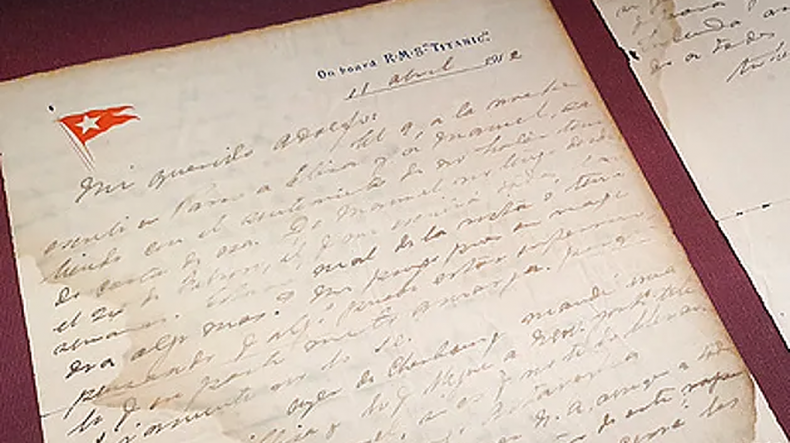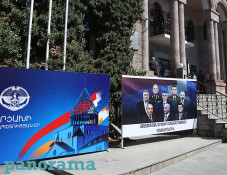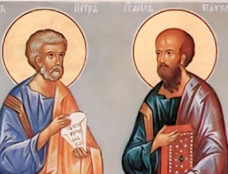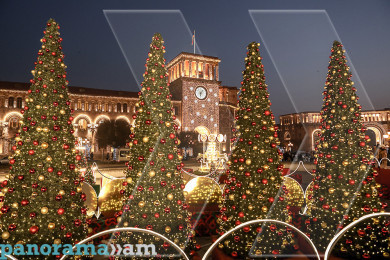
Titanic passenger's letter fetches $12,000 at auction in Uruguay
A letter written on board the RMS Titanic by an Uruguayan passenger and sent during the doomed ocean liner’s final port of call in Ireland sold for $12,000 at auction in Montevideo, Uruguay, on Friday.
The item was one of 800 lots of traditional Argentine silverware, militaria and historical documents offered by Montevideo auction house Zorrilla Subastas, La Prensa Latina reported.
Written on paper with the letterhead and watermark of the White Star Line, the shipping company that operated the Titanic, the letter penned by Ramon Artagaveytia Gomez on April 11, 1912, and sent to his brother consists of two sheets with moisture stains.
Sold along with the missive was a note written by its recipient.
“Last letter written by my dear brother Ramon. Three (sic) days afterward, the Titanic sank and he drowned,” the note says.
The founder and owner of the auction house, Sebastian Zorrilla, told Efe earlier this week that after hanging onto the letter for three generations, the family were ready to see it pass into the hands of a collector or a museum.
“There is always someone in the family who decides to freeze history in a gilded frame and see to it that this piece is hoarded for a time,” he said.
In the letter, Artagaveytia Gomez told his brother that he was looking forward to arriving in the United States and was “enthralled” by the size of the 45,000-ton passenger steamship that was making its maiden voyage.
“Looking up (from outside the ship), it was as if I were at the foot of a five-story house. Upon entering, there were like 50 wait staff. One took my suitcases, and we went up to my floor on the B deck by elevator … The dining saloon is on the D (deck) and lower down there are others,” the letter reads.
Artagaveytia Gomez said the ship – which sailed from Southampton, England, for New York on April 10, 1912, and sank five days later after crashing into an iceberg in the North Atlantic Ocean – was making a final port of call in Queenstown, Ireland, (now known as Cobh) to pick up sacks of mail.
He also offered various details of the ship, noting that some of the halls were made of carved wood, the food was “very good” and he had an electric stove in his room.
Newsfeed
Videos






























